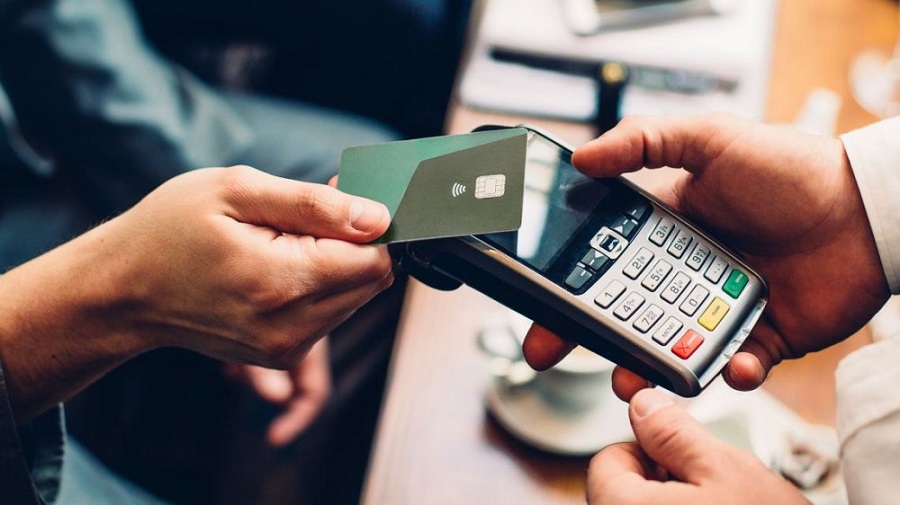Despite the challenges posed by the ins and outs of the COVID-19-imposed lockdowns in 2021, the world of digital payments did not back-pedal in terms of its continuous innovation and rapid transformations within the ecosystem.
Merchants learned to incorporate newer and easier ways to reach and engage customers through digitally-powered storefronts; peers traded with different types of cryptocurrencies, as an alternative way to enjoy financial freedom and hedge their funds against economic instability; and more businesses embraced contactless payments technologies for more obvious reasons.
In short, financial institutions and individuals are deftly adapting to the demands of a pandemic-impacted and tech-accelerated world, which have presented an eruption of ideas, opportunities, and solutions to payment-related difficulties. These digital transformations form the springboard for what 2022 promises to unfold.
Here’s What to Expect in Africa:
Mobile Money: Though cash would still be dominant, it will continue its gradual decrease in favour of mobile money, according to Trevor Goott, Director of Africa at Unlimint. Despite its cash-centricity, Africa as a continent is known for its huge adoption of mobile money, given that mobile money originated in Kenya in 2007. These two payment methods sit at opposite ends of the spectrum, and this bridge is held together by the millions of mobile agents across Africa who provide the offline to the online link between Cash customers/merchants and Mobile Wallet customers and merchants.
It is also observable from current trends that there will be a lot of interaction between mobile money payers and merchants. Take Nigeria for example, which is regarded as the African country with the largest economy in terms of GDP; it was recently announced that MTN and Airtel, which are two of the leading African Mobile Network Operators in Nigeria, have now been awarded licenses to operate Payment Service Banks (PSBs). The reach of these 2 MNOs in Nigeria should lead to the quicker adoption of mobile money as a payment method and the reduction in the usage of cash. This trend in terms of “payment method switching” will continue to grow in Nigeria and other African countries.
Cryptocurrencies: Goott also predicts that there will be the increased adoption of cryptocurrency on the blockchain, as an emerging payment method in Africa through Central Bank Digital Currencies (“CBDC”). In October 2021, Nigeria launched its CBDC called the e-naira and there has been a positive uptake in the market. In late November 2021, The Tanzanian Central Bank reported that it was looking into launching its own CBDC and South Africa is also reportedly testing its own CBDC.
Increase in Cross-border Payments: This is another trend that is expected to quickly emerge in 2022, according to Abimbola Odedeyi, Head of Nigeria at Unlimint. It is expected that global online purchases will increase across different markets, and this will result in an increase in cross-border payments. The increase in global online purchases would be resultant from the payment convenience that customers will come to enjoy through multiple payment methods accessible across the globe which would make it easier to make purchases from other countries, and in the comfort of their homes.
Adoption of Buy-Now-Pay-Later as a Transaction Option: Another trend to look out for in 2022 is the Buy-Now-Pay-Later transaction option offered by digital businesses and online traders (BNPL). BNPL is a form of short-term financing that allows individuals to purchase items and claim immediate ownership by paying a portion of the cost now and spreading the balance over an agreed period. In Africa, this trend has risen as a solution to the challenging economy and is getting more popular among the younger population who are large consumers of assets such as mobile gadgets, electronics, etc.
In conclusion, these future trends will impact Africa’s payment ecosystem by shaping consumer behaviour, business models, and overall living standards. The new payment solutions that are being designed are suited to meet the new demands of a fast-paced, tech-accelerated, and ever-dynamic world. The adoption of these technologies supports the larger trend of a move away from cash and cash-related complications as we try to do business in a tech-first, e-commerce, COVID-friendly world. It would be interesting to see how more African merchants and customers slowly start to trust virtual, non-cash mobile money payment methods more which will result in the trend of a gradual payment method switching.
